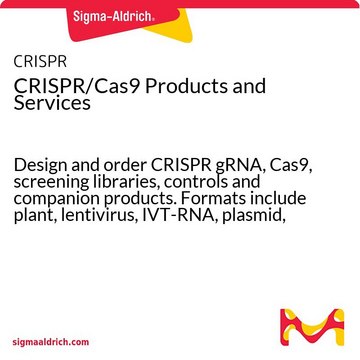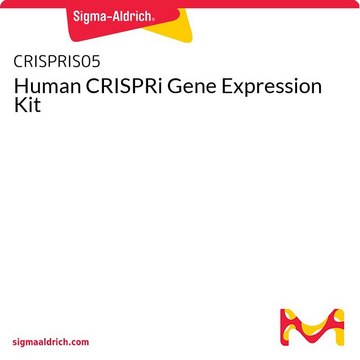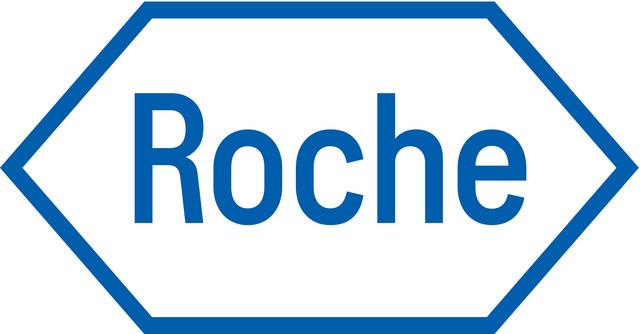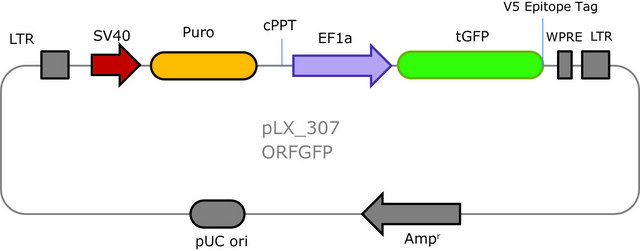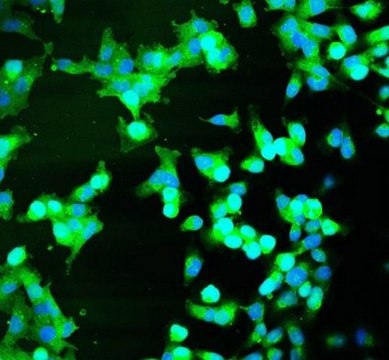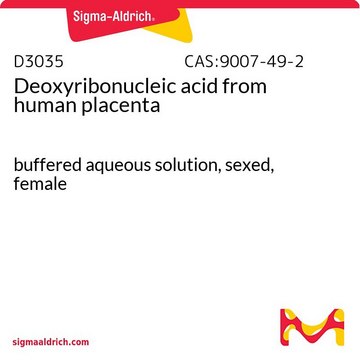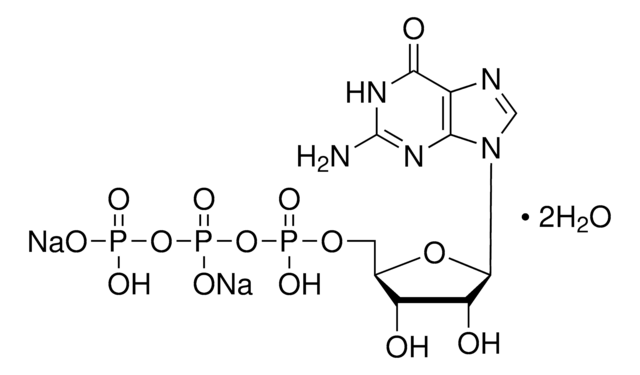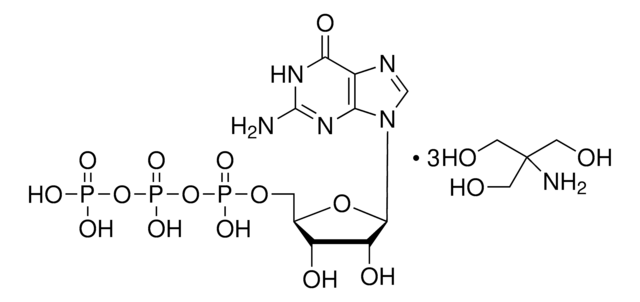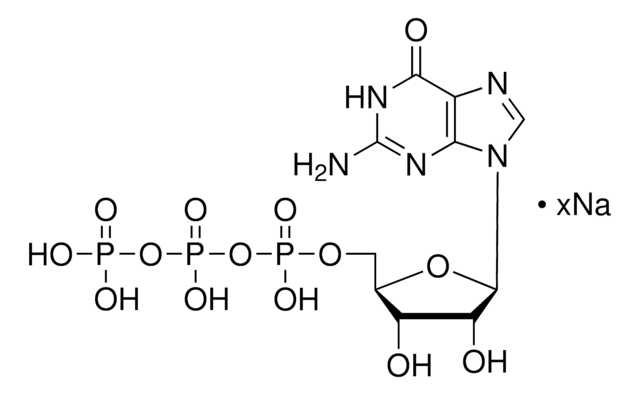SH0521
MISSION® shRNA Human Gene Family Set, DNA
Tumor Suppressors
Select a Size
Select a Size
About This Item
Recommended Products
Looking for similar products? Visit Product Comparison Guide
Related Categories
1 of 4
This Item | G9002 | G8877 | G3776 |
|---|---|---|---|
| assay >90% (HPLC) | assay ≥93% (HPLC) | assay ≥95% (HPLC) | assay ≥95% (HPLC) |
| form crystals | form powder | form powder | form liquid |
| Quality Level 100 | Quality Level 200 | Quality Level 200 | Quality Level 300 |
| manufacturer/tradename Roche | manufacturer/tradename - | manufacturer/tradename - | manufacturer/tradename - |
| mol wt Mr 523.2 (GTP), Mr 567.1 (GTP-Na2) | mol wt - | mol wt - | mol wt - |
| storage condition avoid repeated freeze/thaw cycles | storage condition - | storage condition - | storage condition - |
General description
Other Notes
Legal Information
Storage Class Code
10 - Combustible liquids
Flash Point(F)
Not applicable
Flash Point(C)
Not applicable
Personal Protective Equipment
Regulatory Information
Choose from one of the most recent versions:
Certificates of Analysis (COA)
It looks like we've run into a problem, but you can still download Certificates of Analysis from our Documents section.
If you need assistance, please contact Customer Support.
Already Own This Product?
Find documentation for the products that you have recently purchased in the Document Library.
Our team of scientists has experience in all areas of research including Life Science, Material Science, Chemical Synthesis, Chromatography, Analytical and many others.
Contact Technical Service